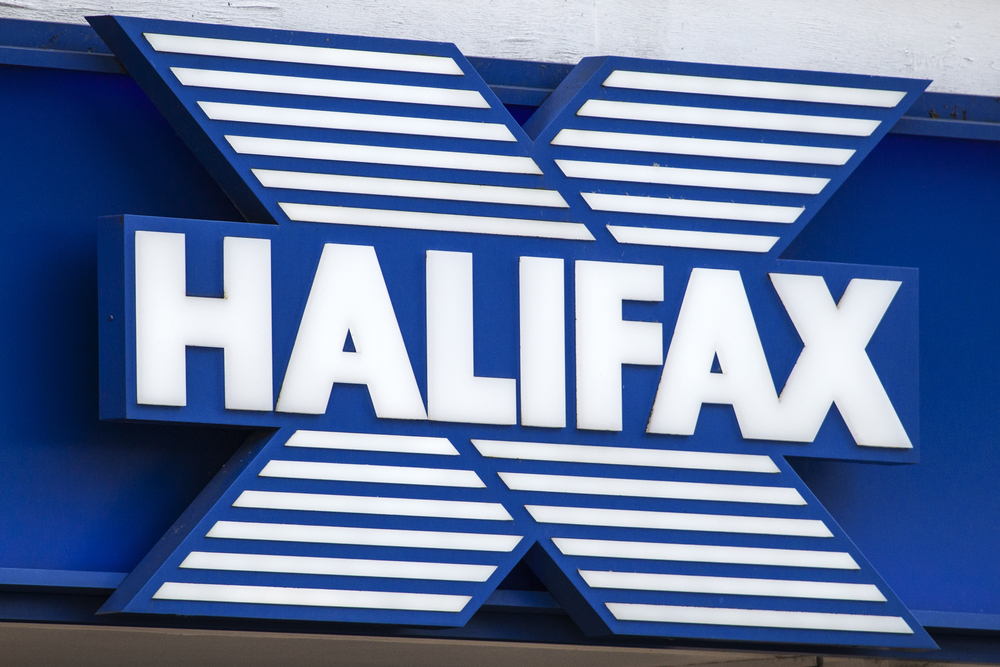
The UK mortgage market is highly regulated to ensure transparency and fairness in property transactions. When it comes to purchasing a new build home, multiple stakeholders – including lenders, developers, conveyancers, and valuers – must work together to assess the property’s true value and ensure compliance with lending standards.
The UK Finance Disclosure Form (DiF) plays a vital role in this process, providing essential details that influence mortgage approvals and property valuations.
What is the UK Finance Disclosure Form (DiF)?
Introduced as a mandatory requirement in August 2018, the DiF is a standardised document that consolidates key property details for newly built, converted, or renovated homes. It serves as a formal record of incentives offered by developers, property tenure (such as freehold, leasehold, or shared ownership), and the construction methods used (e.g., modular, timber frame, or traditional brick and mortar).
The DiF is essential for lenders, valuers, and legal professionals involved in the mortgage process. Since it must be presented upon request and cannot be altered, it ensures consistency and accuracy in how property information is disclosed across all parties.
Why the DiF is essential for mortgage lending
Lenders require full visibility into a property’s financial and structural aspects to make informed lending decisions. The DiF supports this by serving three primary purposes:
Ensuring transparency – A complete and accurate DiF allows buyers, lenders, and valuers to understand any incentives that may impact the property’s market value. This helps prevent distortions in pricing and ensures buyers are aware of all relevant details.
Supporting mortgage compliance – To assess a property’s loan-to-value (LTV) ratio accurately, lenders need a clear breakdown of incentives such as deposit contributions, cashback offers, or free upgrades. Without these disclosures, mortgage calculations may be based on an inflated property price, leading to potential financial risks for both lenders and borrowers.
Meeting legal and regulatory requirements – As part of the mortgage and conveyancing process, the DiF is a compulsory document for newly built or converted properties. Developers and sales agents must provide it to avoid compliance issues and unnecessary delays.
The impact of a missing or incorrect DiF
A delayed or inaccurate DiF can cause significant disruptions in the mortgage process, affecting all parties involved. Common issues include:
Valuation rejections or errors – If valuers do not receive the DiF or discover inconsistencies, they may reject the valuation instruction or assign an incorrect property value. This, in turn, can impact the buyer’s mortgage approval.
Mortgage offer delays or declines – Lenders rely on the DiF to validate the property’s value and risk level. Missing or inaccurate information can lead to additional due diligence, delaying the mortgage offer or resulting in its rejection.
Complications in the sales process – Without a properly completed DiF, buyers may face unexpected hurdles, while developers and lenders could experience administrative burdens that slow down transactions.
In conclusion, the UK Finance Disclosure Form (DiF) is an indispensable document in the new build home buying process in terms of ensuring transparency, supporting accurate property valuations, and helping lenders assess mortgage applications effectively.
By making the DiF a priority early in the transaction, stakeholders can streamline the mortgage process and enhance the overall customer experience. A combination that benefits all links in the property chain.
Morné Jacobs is director of new build at Countrywide Surveying Services



